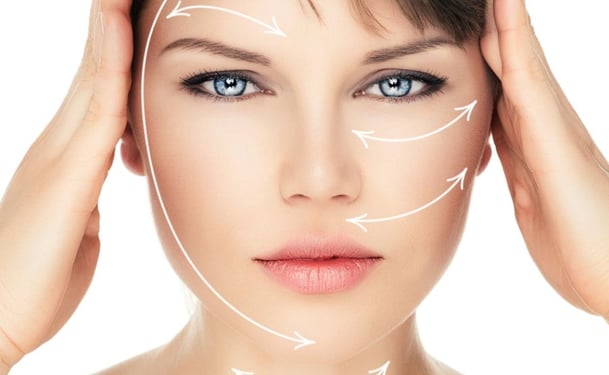The cosmetic dermatology treatment called Threadlift is an alternative to a conventional facelift. There’s no surgical cutting of tissues involved in Threadlift. Instead, the doctor uses small sutures to rearrange skin in a specific area of the face. As a less invasive procedure, Threadlift is popular with some kinds of patients who want to limit the risks and effects of their facial alteration.
There are a variety of risks that patients should know about when electing Threadlift as a cosmetic dermatology treatment. Getting good treatment information before you select a procedure is a critical way to avoid disappointment with the final results, as well as a range of potential conditions, medical or drug interactions, or other side effects from a procedure.
Differing Visual Results
One of the main risks with Threadlift is that the patient may not see the exact kind of results the doctor intended for their particular situation. Some of these cases involve what’s called “suture migration” and in other cases, the sutures or threads may break. Some of these are relatively easy to fix, but patients should know that in some cases, problems related to suture positioning can cause asymmetry or other disfigurement that will need to be fixed up.
Numbness or Sensory Changes
Some patients can experience sensory changes after Threadlift. A patient may feel a sensation of numbness in the affected area. If this does not go away, mention it to the doctor who provided the treatment.
Bruising and Swelling
Some bruising and swelling is normal after a Threadlift procedure. However, more intense bruising or swelling could be a sign of a complication. Talk to your doctor about how much of this side effect is normal and when to go back for follow up care if conditions do not improve over time.
Infection
Even with less invasive treatments like Threadlift, there is always a risk of infection when items are placed in the skin. Some doctors will suggest that infection is not very common with Threadlift, but it’s always something to be aware of and look out for. One primary sign of infection is an increased redness around the suture area. Good follow-up care can help patients take care of any beginnings of an infection, where a doctor may recommend post-treatment medications.
Scar Tissue
Threadlift is not generally known to cause scarring. However, some patients can experience the formation of scar tissue after a Threadlift procedure. Patients who are susceptible to hypertrophic or keloidal scarring may be at a higher risk.
None of these risks of Threadlift appear to be highly probable, but patients should always talk to their doctors before going ahead with this or any other kind of cosmetic dermatology session. The best cosmetic surgery doctor’s offices will give out a lot of information before hand, and get details on a patient’s particular situation including known allergies, existing medical conditions, or prescription medications previously ordered. Learn more about the cosmetic care that you receive and stay engaged in the process of making decisions about your ongoing treatments.



